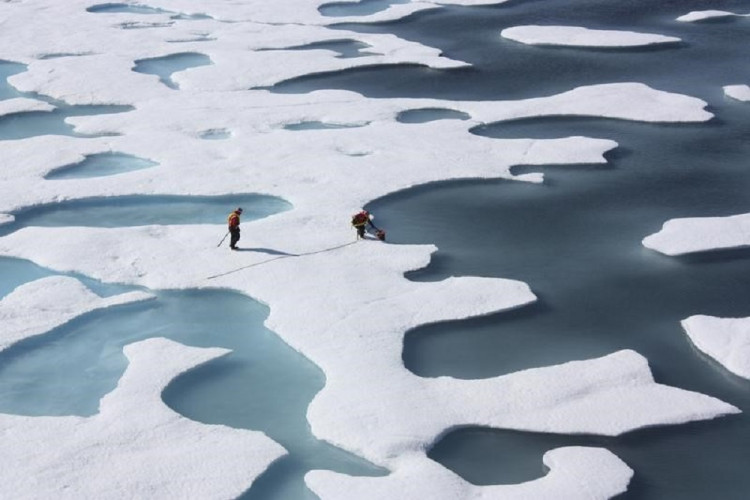The Arctic may become "fertile ground" for future viral pandemics as the planet warms and glaciers continue to melt. Climate change, according to scientists, raises the possibility that the next virus outbreak will occur sooner rather than later.
"Spillover risk increases with runoff from glacier melt, a proxy for climate change," researchers wrote in their published paper. "Should climate change also shift species range of potential viral vectors and reservoirs northwards, the High Arctic could become fertile ground for emerging pandemics."
Researchers examined soil and lake sediment from Lake Hazen, the largest lake by volume north of the Arctic Circle, in a new study. The scientists attempted to identify the pool of viruses existing in the environment by sequencing fragments of DNA and RNA discovered in the soil.
Using a computer algorithm to contextualize the viruses with the presence of animal, plant, and fungi hosts in the area, the team was able to determine the viral spillover risk: that is, the ability for viruses to flood into new host species and continue spreading, as SARS-CoV-2 did by moving from wild animal populations into humans.
In order to find differences and parallels in the evolutionary paths of viruses and hosts, the researchers compared the two. These comparisons point to the likelihood of a shift in the status quo and subsequent viral spillover.
"From an evolutionary standpoint, viruses are more prone to infecting hosts that are phylogenetically close to their natural host, potentially because it is easier for them to infect and colonize species that are genetically similar," the researchers explain in their paper.
According to the researchers, higher glacier runoff increases the likelihood of viruses hopping over into eukaryote hosts, which is consistent with earlier research that shows how degraded landscapes can bring diseases, parasites, and hosts together in novel ways.
However, the heightened spillover risk varied between soil and lake sediment samples. The spillover risk increased to a point in soil with large glacial melt flows before falling, whereas it continued to rise in lake sediment samples.
The researchers propose that greater runoff implies that more organic material - and the organisms in it - is carried into the lake rather than remaining on land.
One of the areas of the planet most susceptible to climate change is the High Arctic, or the most northern regions. A third of the Arctic Ocean's winter ice has vanished over the past two decades.
The research is published in Proceedings of the Royal Society B: Biological Sciences.






